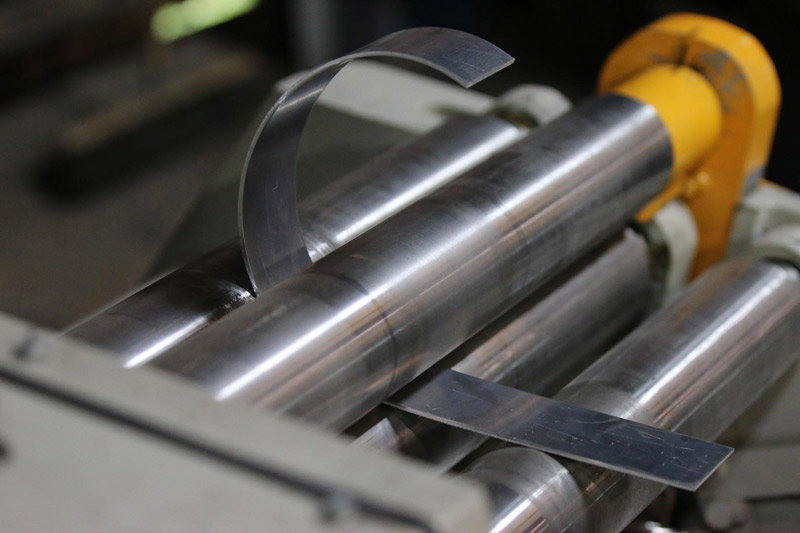Crafting Perfection: A Precision and Tolerance Guide in Sheet Metal Fabrication+ View more
Crafting Perfection: A Precision and Tolerance Guide in Sheet Metal Fabrication
+ View more
Date:2024-04-02 16:00
Sheet metal fabrication is a discipline that demands meticulous accuracy. It requires that every operation be tightly controlled. In this industry, understanding precision and tolerance is not merely about measuring the dimensions of parts—it involves complex design analysis, precise operations, and continuous quality monitoring. Here we delve into key details for ensuring part accuracy and managing tolerances in sheet metal work.
Understanding and Applying Design Tolerances
Tolerance is a fundamental element of design, directly linked to the function and fit of a part. Each component is assigned a range of acceptable variation during the design phase. Variations within this range are considered permissible and do not affect the product's assembly or functionality. For example, when designing an enclosure, if the lid needs to fit snugly against the base to ensure proper sealing, the tolerances on these mating surfaces will be set very tight. Conversely, for some non-critical decorative features, tolerances can be more generous.
Tolerance not only informs us about the allowable size of errors but also affects production costs and timelines. Excessively stringent tolerances may imply higher manufacturing difficulty and increased scrap rates, thus raising costs; too loose tolerances might compromise the expected performance of a product. Therefore, correctly understanding and applying design tolerances is key to ensuring product quality and economic efficiency.
Precision Measurement and Verification
In sheet metal fabrication, precision measurement forms the foundation for ensuring that parts meet design tolerances. High-accuracy measuring tools and instruments—such as digital calipers, micrometres, height gauges, and optical measuring systems—provide detailed dimensional data, assisting operators in assessing whether parts fall within specified tolerance ranges.
However, having advanced measuring equipment is insufficient. Proper measuring techniques and frequent calibration are equally important. For instance, when measuring the position of a slot, it's necessary not only to measure the diameter of the hole but also to ensure that the center point of the hole relative to the edge of the part meets the design requirements. Regular calibration of measuring tools to maintain their accuracy is also an integral part of creating precise components.
Handling Material and Process Variability
Materials used in sheet metal work, such as stainless steel, aluminum, or copper, each have unique physical and chemical properties. Their thickness, hardness, and heat treatment states can all affect machining precision. Therefore, choosing the appropriate materials and understanding how they behave during processing (such as their modulus of elasticity and thermal expansion coefficient) is crucial.
Variability in the sheet metal processing itself is another consideration. For example, in bending operations, due to springback, the actual bend angle might deviate from the intended value. Engineers must calculate and compensate for this springback in advance to ensure the final angle is accurate.
Case Example: An electronics company needed a batch of casings for its new routers. These casings required precise cutouts to fit internal components. Utilizing high-precision laser cutting technology ensured that each opening was cut accurately according to the design drawings, guaranteeing a perfect fit for the internal elements. Furthermore, by conducting random inspections on samples from each production batch using precision instruments for dimensional verification, they ensured all products strictly adhered to the tolerance ranges, whether it was the first or ten-thousandth part.
Conclusion
In the realm of sheet metal manufacturing, achieving perfection in parts necessitates a strong focus on precision and tolerances. By understanding every detail in the design intent, employing the right tools for exact measurements, and effectively managing variability in materials and processing, we can ensure that the finished product's quality meets or even exceeds customer expectations.
Share to:
Recommend wonderful blog posts

